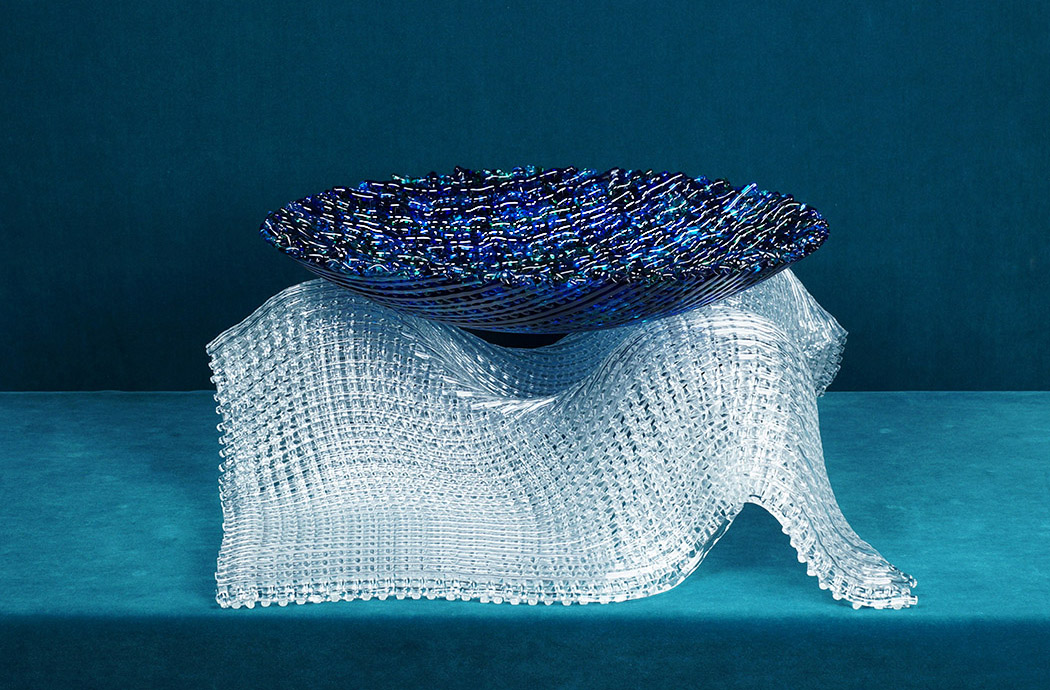Adaptation
In support of H.R.1
| July 1 - Oct 16, 2021 |
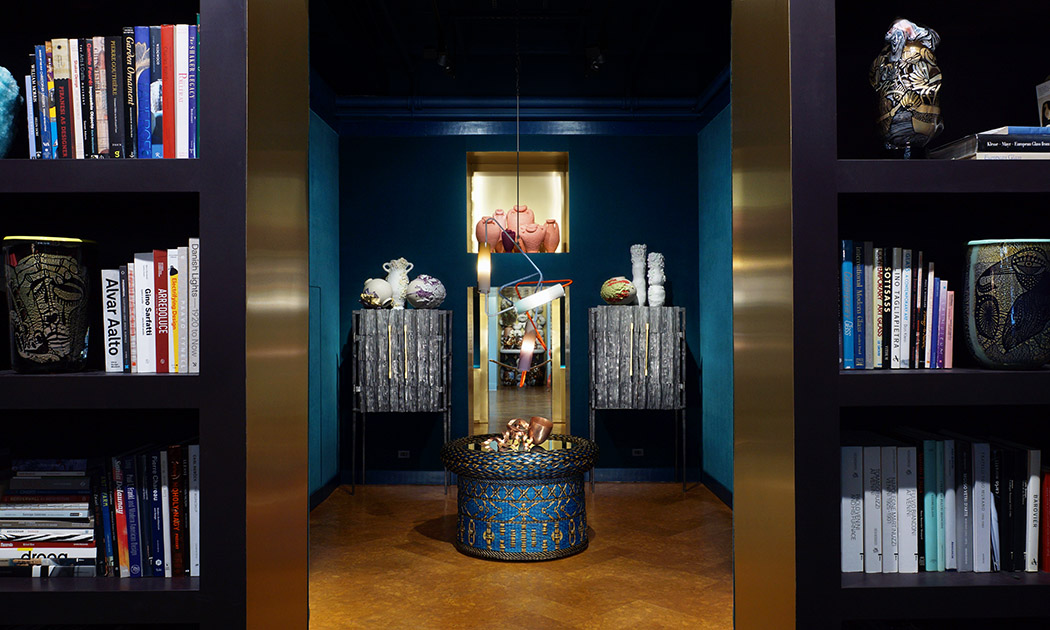
The history of every living thing is nothing if not a testament to the ability to adapt. Humanity has survived some three hundred thousand years; through plagues, cataclysms, wars, and any manner of atrocity that we see fit to inflict on each other in our endless battles for power. With each threat, we respond with symmetrical changes designed preserve what is at risk. We have become so good at adapting to crisis that there are eight billion of us in a globally connected ecosystem of cultures. Humanity’s explosion of fecundity coincides with the expansion of the dominant systems of political and economic organization, capitalism, and modern democracy. These separate but intertwined forces are threatened as never before by monopolistic, plutocratic and autocratic tendencies – in short, the concentration of power. The single characteristic that is essential to the survival of a democracy is the equal and free access of its citizens to exercise the right to vote. When that process is threatened by the very servants tasked with its defense, who perversely masquerade their restrictions as a defense, swift and aggressive corrective action is imperative. The system must adapt to the existential threat. H.R.1 is a US Congress Bill recently proposed to “addresses voter access, election integrity and security, campaign finance, and ethics for the three branches of government.” While the bill offers a comprehensive and symmetrical solution to critical systemic problems, its survival is very much in doubt. The problem it seeks to cure is pernicious, powerful and well entrenched. The bill needs your advocacy, in words and action, which is why I am using this exhibition as a forum to bring attention to it.
|
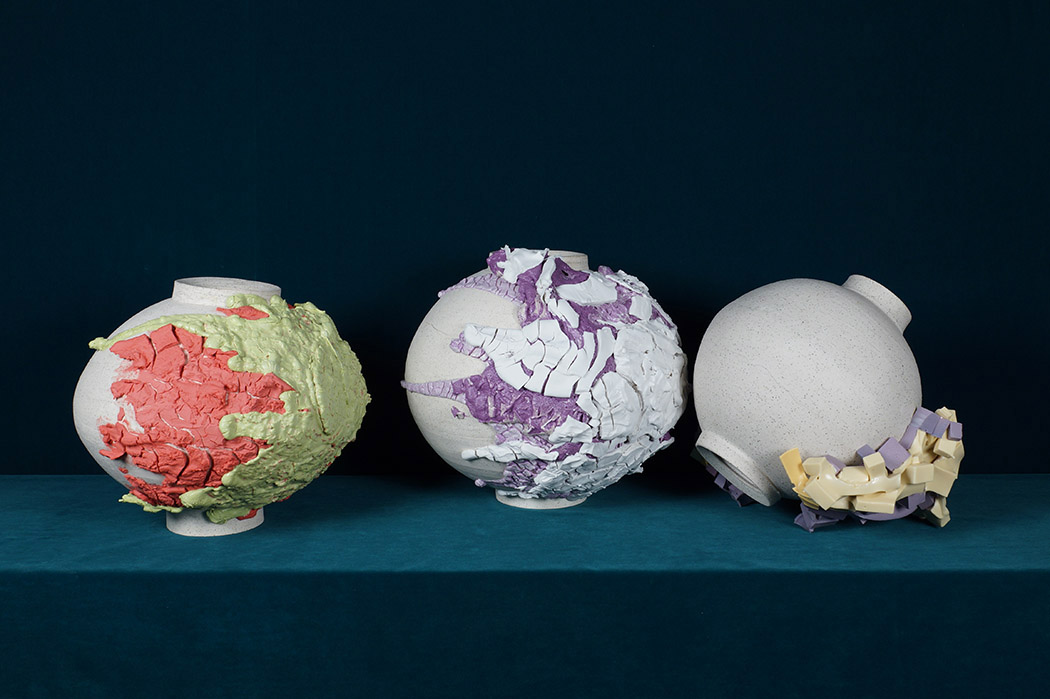
This exhibition is a case study in perseverance and adaptation. The format itself represents a systemic evolution in the gallery’s strategy. Gone is blind fealty to the restrictive presentation of work that favors the churn of newness at the expense of depth; month-long inviolable installations have been replaced by long-format, evolving presentations that nevertheless remain thematically consistent and pre-defined in scope. Certainly, this is, in part, a response to Covid and people’s reluctance to frequently expose themselves to enclosed public spaces. It also represents a deepening of my embrace of a new context for the presentation of objects of cultural value. The only question I care to answer is “how do I open people’s minds to new work and a broader range of cultural production?” Altering the very foundation of the traditional format of presentation is a risk I undertake in pursuit of adaptation. I am surrounded by role models; if there is one thing that artists and designers do, by definition, it is to adapt, evolve, and explore for its own sake. Artists and designers are well positioned to reveal new strategies for us. In this exhibition, each work represents a fundamental development in the work. The objects are achievements that reflect a shift in strategy, designed to meet the challenges of the moment. The results are impressive, encouraging, and wonderful.
|
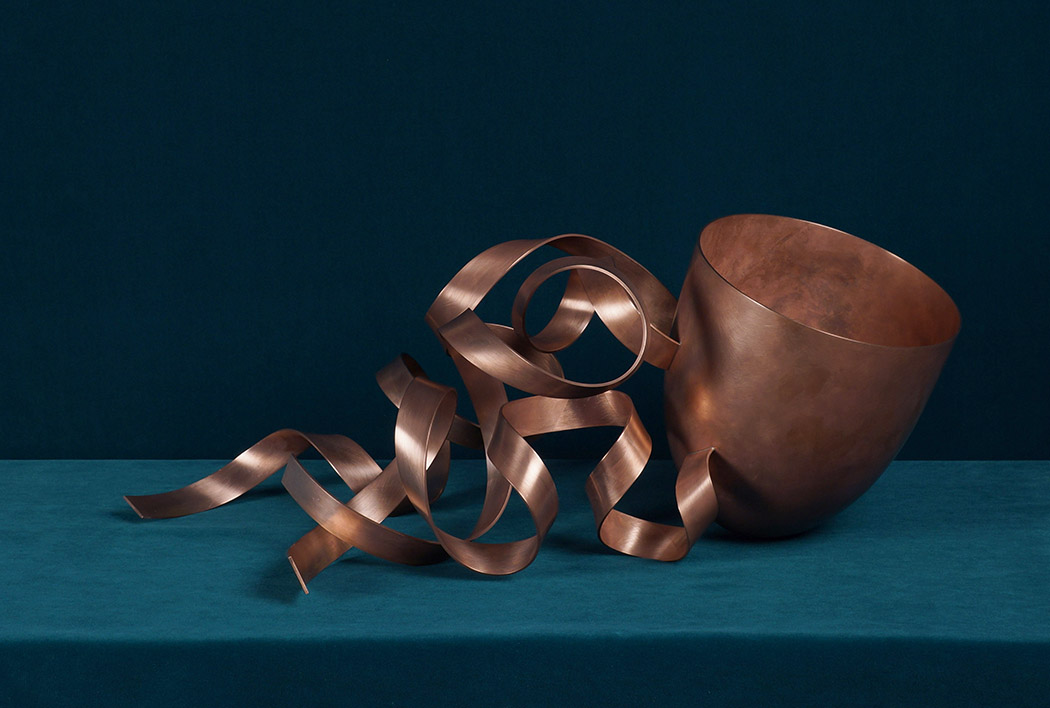
Kim Markel’s work represents perhaps the most substantive development in the exhibition. Previously known for her watery forms in plastic using dreamy pastel colors, Kim switched materials entirely to reduce her exposure to toxicity and is now working in a very different material, Vitruvian plaster colored with hemp and mineral pigments. Working from a recipe in Vitruvius’ 10 Books of Architecture (15BC), these vessels celebrate an ancient technology - using the chemistry of burnt lime combined with marble dust. The new work is every bit as dreamy as before, but the new material allows for the direct sculpting of neoclassical forms, which are new to the artist, and festooned with garlands of flowers and foliage.
|
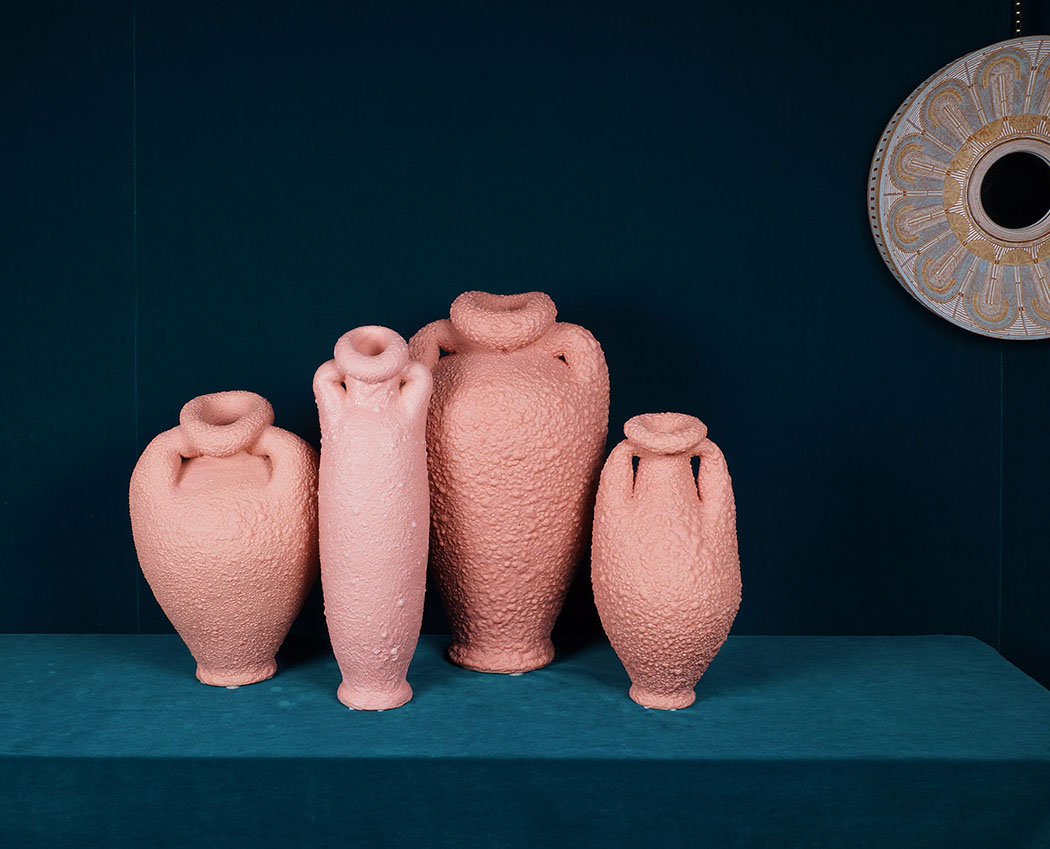
A refined metalsmith of deserved repute in Europe, Ane Christensen has thoughtfully responded to America’s ambivalence to the medium with a muscular new approach to both form and construction. Her bowl “Number One” rises to the challenge with impossibly long, flowing pennants billowing from a bullet-like copper vessel. The artist describes the result as a liberating shift in approach:
The rules of the game are ours to make, but the goals will always be survival and prosperity. Risks and obstacles are certain, to overcome them, we must adapt. Support H.R.1.
|
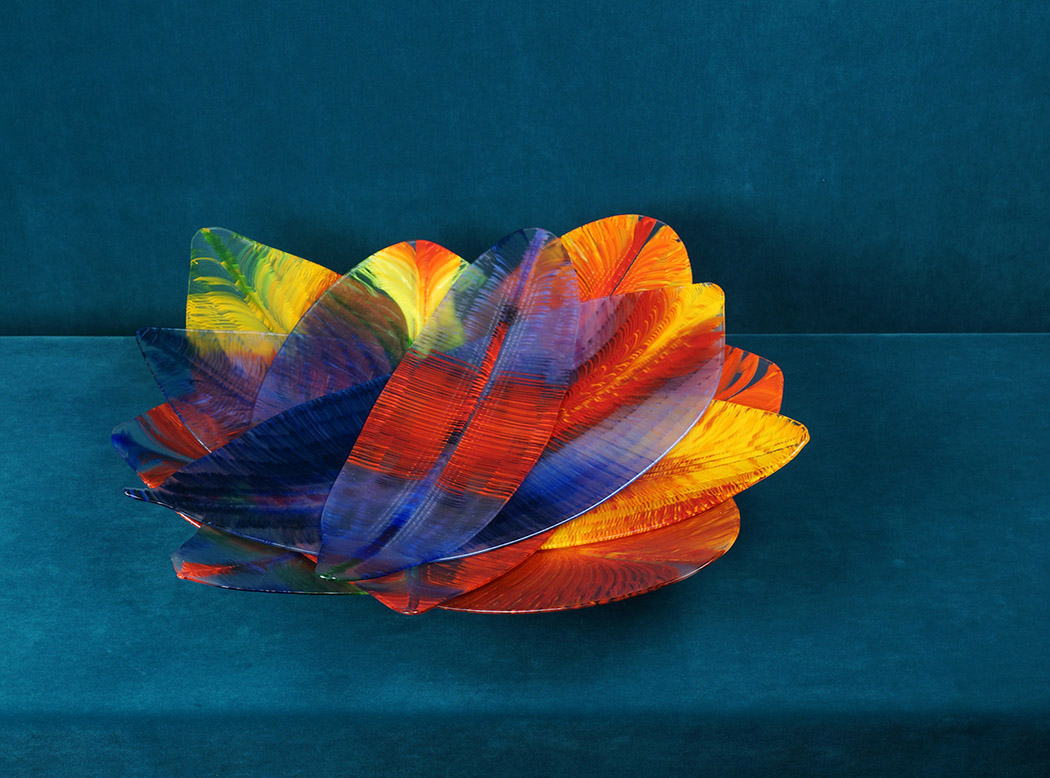
Richard Parrish, Feather Plate Nest, fused glass, 4.75"h x 22"dia
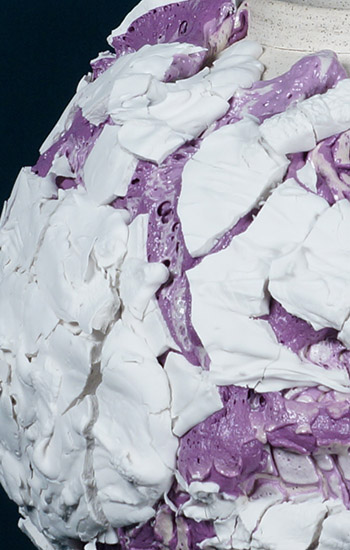 |
Exhibiting Work By Ane Christensen, UK Cathryn Shilling, UK Elizabeth Tool, USA Kim Markel, USA Nina Westman, Sweden Sara Regal, Spain Alex Zablocki, USA Bertrand Charlot, France Maxwell Mustardo, USA Richard Parrish, USA
|
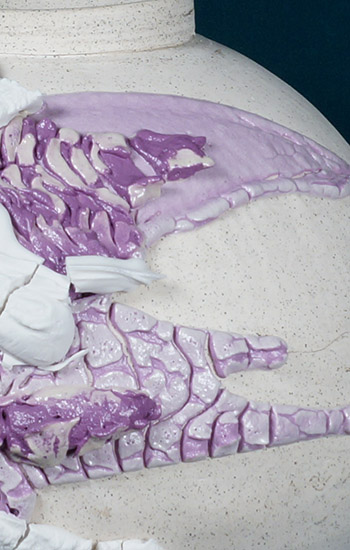 |
